Earning Double-Digit Yield with Base’s New Flatcoin UNIT by Flat Money

Before we get started, this is not a recommendation or endorsement to buy any token(s) mentioned.
This week, we cover the first-ever flatcoin to launch on Base, called UNIT by Flat Money! If you’ve been captivated by the double-digit yield being earned by Ethena, Flat Money protocol is right up your alley.
Even with $160B in stablecoins today onchain, Flat Money believes “we need a better form of money that isn’t tied to any one fiat currency or exposed to fiat inflation.”
A flatcoin is poised to become an increasingly popular alternative to stablecoins pegged to the US dollar and other fiat currencies.
A flatcoin like UNIT can only be built onchain: uncensorable, inflation-resistant and backed by decentralized collateral such as rETH by Rocket Pool. While stablecoin holders suffer from the inherited inflation of fiat-dependent stablecoins, Flatcoins are designed to outpace inflation and preserve your purchasing power.
From a DeFi purist standpoint, a flatcoin is extremely attractive because it looks to mitigate any exposure to legacy offchain financial risks.
Here’s how the Flat Money protocol and the UNIT flatcoin work:
- Flat Money marries 2 types of users: those who seek volatility (leverage traders) and those who seek stability.
- The flatcoin UNIT is backed by rETH, combined with a delta-neutral marketplace.
- UNIT is minted by depositing rETH. To mint UNIT, you go to the Flat Money app here.
- Once you have entered the amount of rETH you want to deposit, you see an estimated amount of UNIT that will be minted if you select the Trade button.
- Under the hood,


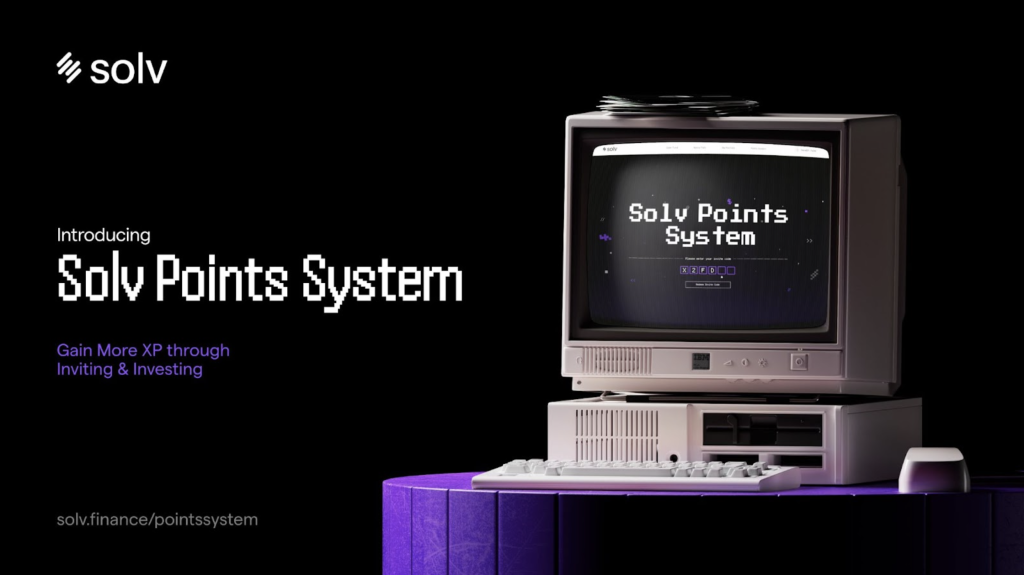
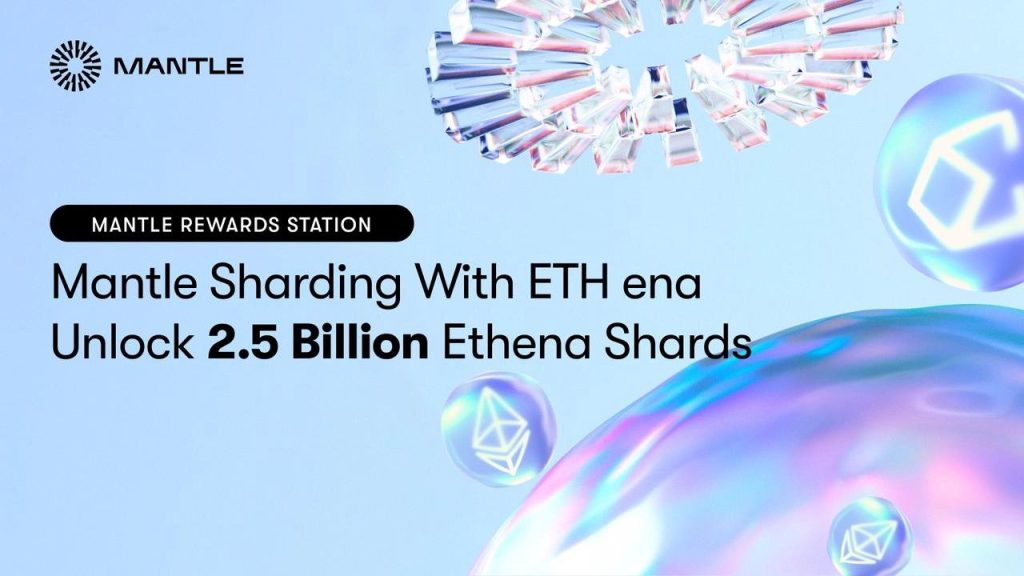
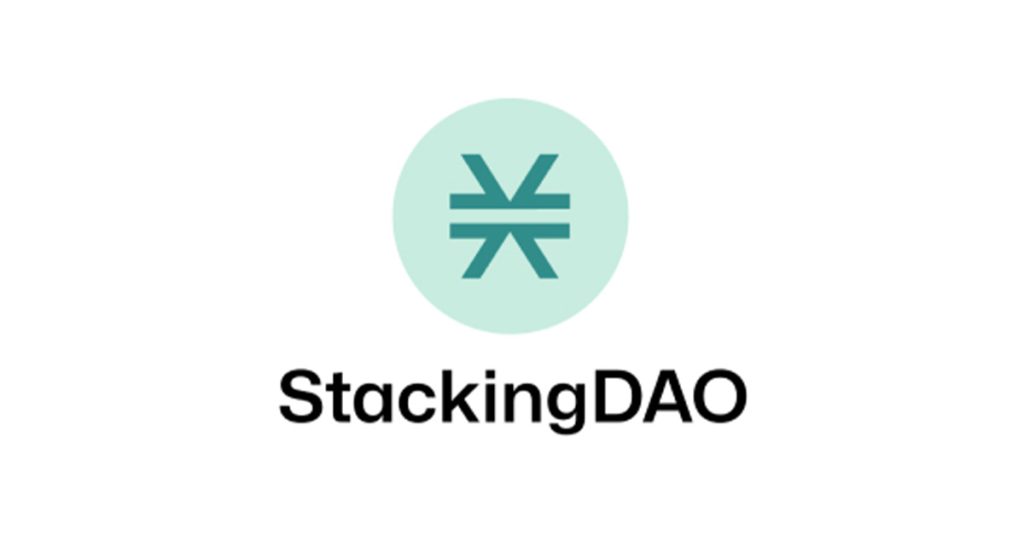
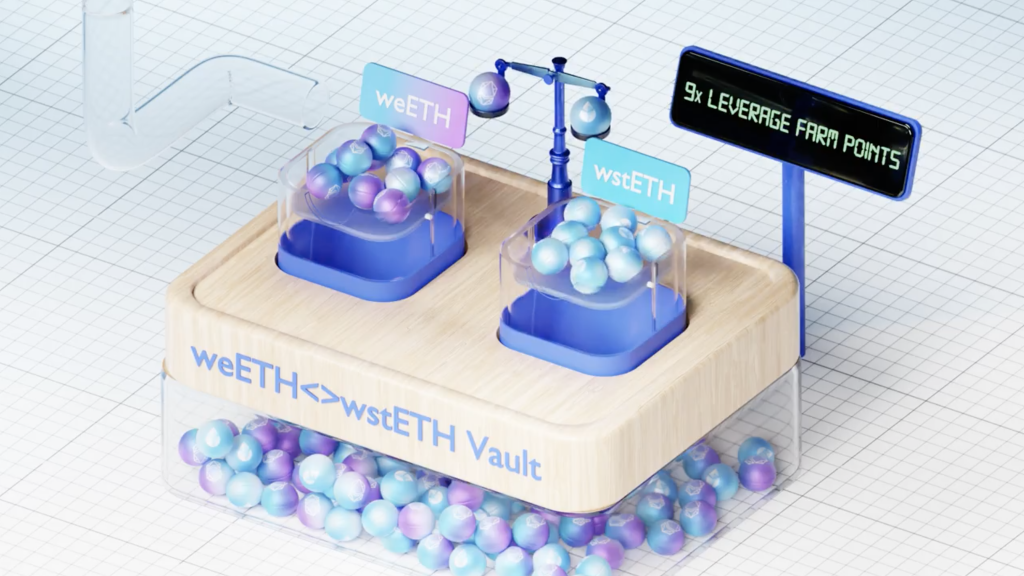
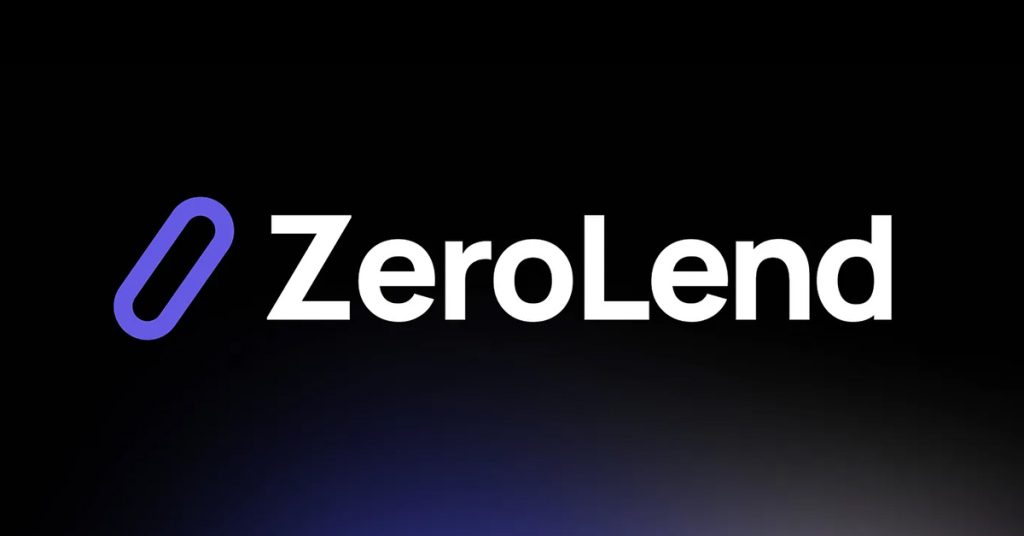

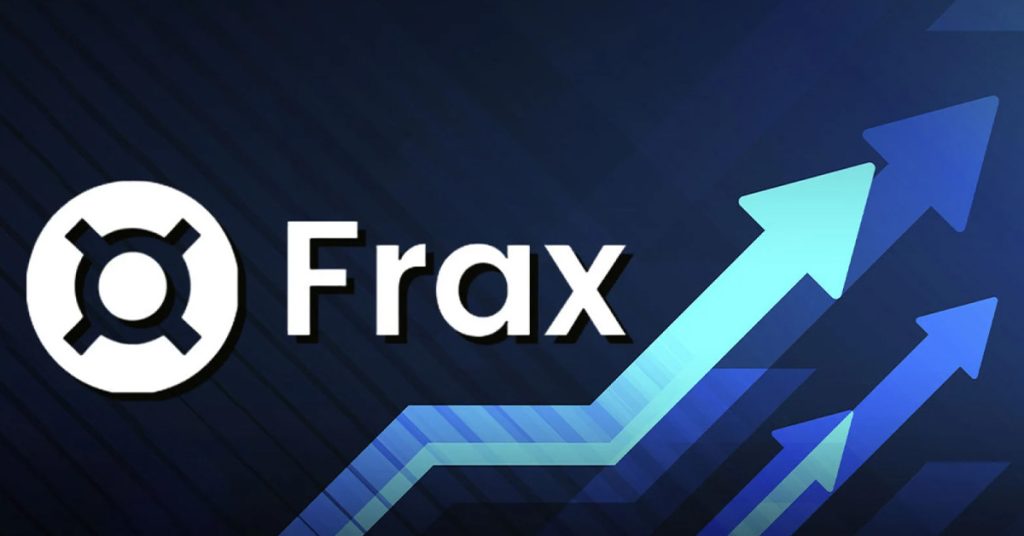

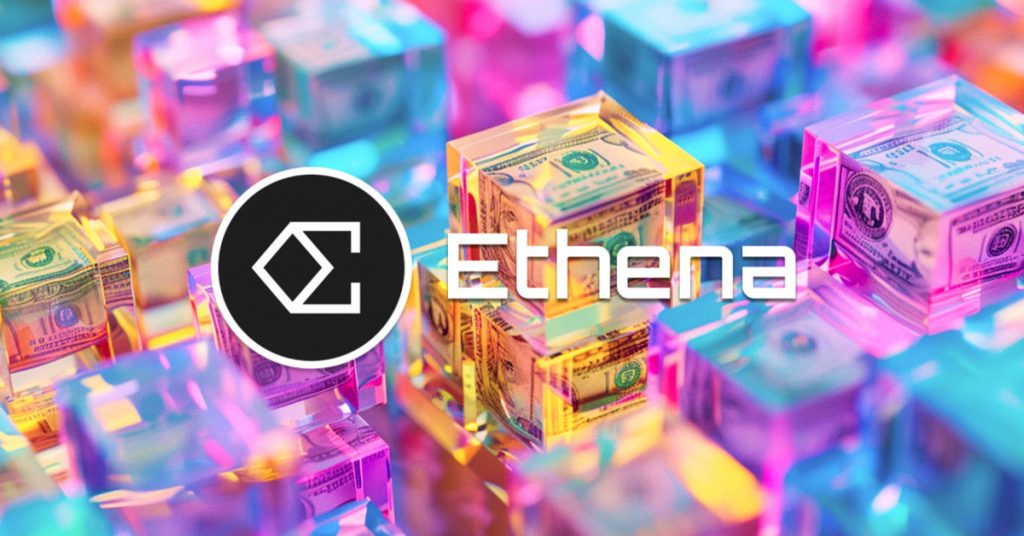
Responses